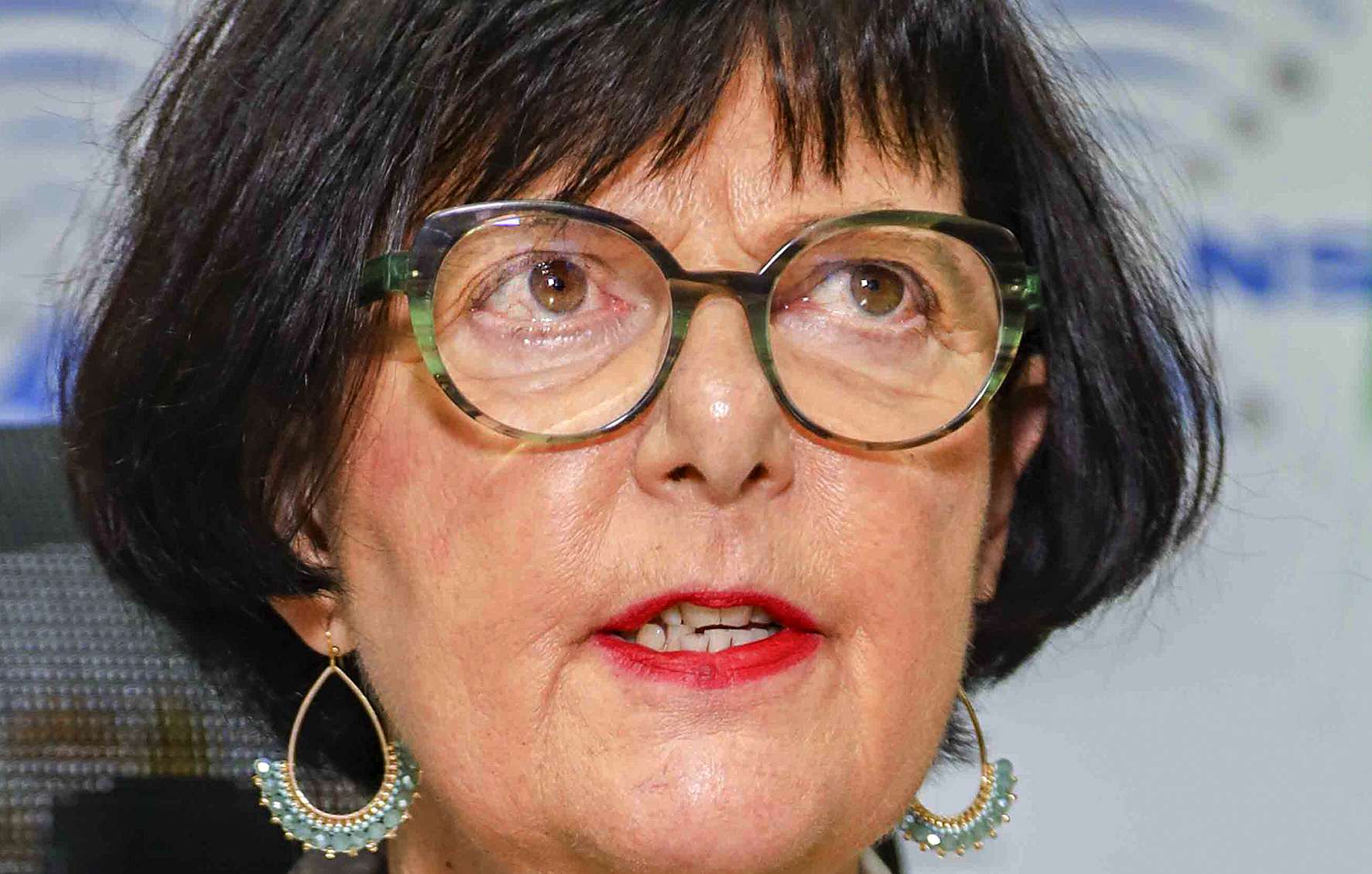To answer the obvious questions about why South Africa needs the rail reforms: our tracks are too narrow. To answer the other obvious question: R1.5-trillion. That was a 2015 estimate for a full track replacement and widening of all the clearances across the network.
The figure has since ballooned, and with Transnet currently begging the Treasury for just R35-billion in urgent repairs, the dream of standard-gauge rails is out of reach. For now, South Africa’s future lies in opening the existing narrow network to private operators – and hoping they can keep the economy moving.
Read more: Creecy’s Rail Bill promises reform measured in six key numbers
A reform decades in the making
The journey to this point has been long. A 2009 discussion paper first raised the idea of restructuring rail. Six years later, the Cabinet approved a Green Paper on National Rail Policy, followed by a Draft White Paper in 2017. But it wasn’t until March 2022 that the White Paper was officially adopted, confirming that the state would own the tracks while private operators could compete on them.
In December 2023, Cabinet approved a freight logistics roadmap and a private-sector participation framework. By late 2024, the Transnet Rail Infrastructure Manager was created to separate infrastructure from operations. Its first Network Statement, published that December, set tariffs and rules for private train access.
Applications for Train Operating Company slots then opened, closing in February 2025. Of the 25 applicants, 11 passed the test. On Friday, 22 August 2025, Creecy announced them as the country’s first private operators under the new regime.
“This is a significant step in our rail reform journey and makes open access to freight rail a reality in our country,” she told the Southern African Railways Association (Sara) conference a few days later.
Creecy’s pitch
“For generations, railways have been the arteries of African trade and mobility; connecting mines to ports, farms to markets and people to opportunities,” Creecy said. “Today, as Africa experiences unprecedented trade disruptions, population growth and rapid urbanisation, we stand at a defining moment.”
Her argument: fixing rail is essential for economic competitiveness, regional integration and climate goals.
“It will contribute to a more efficient, reliable and sustainable rail system that can promote inclusive growth and ensure job retention and job creation,” she said.
The reforms could unlock R100bn in rolling stock investment, add 20 million tons of annual freight by 2026/27, and help reach the government’s 250-million-ton target by 2029.
What this means for you
From 2026, expect private freight operators on coal, manganese, chrome and container routes. This could ease road congestion and reduce costs, if Transnet keeps the network functional.
If you’re in mining or manufacturing: rail reform could mean more reliable bulk exports, less dependence on expensive trucking and better margins.
For commuters: Prasa is slowly reviving services, with new trains and refurbished corridors. Government’s bet is that affordable rail can return as a daily reality.
The procurement track
For train operating companies, there’s no tender, just an application fee, site visits, and strict safety and compliance requirements. Successful applicants received conditional awards, but must still secure Railway Safety Regulator licences, rolling stock readiness and access agreements before trains can run.
Infrastructure, however, is another story. Earlier this year, Transnet ran a Request for Information process, and Creecy says she “will issue Requests for Proposals later this year and begin the formal procurement process which will bring substantial private sector investment into our rail infrastructure, probably through a concessioning model.”
Read more: Private sector on track to transform SA’s logistics landscape
She warned that South Africa cannot wait for those long-term investments before starting urgent rehabilitation: “Immediate sources of finance include Transnet’s infrastructure budgets, two applications to National Treasury’s Budget facility for infrastructure and a joint funding and collaboration framework which could allow current customers to assist in repairing the network without adding to Transnet’s debt.”
Why Cape gauge still matters
/file/dailymaverick/wp-content/uploads/2022/12/GettyImages-122167593.jpg)
South Africa’s 1,067mm Cape gauge was a 19th-century compromise: cheaper across mountains, narrower than the world’s 1,435mm standard gauge.
It isn’t useless. The Sishen-Saldanha iron ore line and Richards Bay coal line are global heavy-haul icons, running some of the longest and heaviest trains in the world. A South African electric locomotive even set a 245km/h speed record on narrow gauge.
But Cape gauge can’t safely double-stack shipping containers, limits axle loads and offers less stability at speed. Converting more than 20,000km of network would cost at least R1.5-trillion, not including bridges, tunnels and ports. Worse, conversion would isolate South Africa from its SADC neighbours, who all run Cape gauge, creating costly border bottlenecks.
So, for now, reform is about squeezing more out of the existing system. “To sustain our economy, we cannot afford to wait,” Creecy told the Sara delegates.
Read more: Transport shake-up: Barbara Creecy names new SAA, RAF boards
Passenger rail not forgotten
While freight grabs the headlines, Creecy also pointed to progress in passenger services. Prasa has restored 35 of its 40 commuter corridors and carried 77 million passengers in the past financial year.
The government’s goal is 600 million annual journeys within five years.
“In September, we will launch the Request for Information for passenger rail, which will initiate the process of determining the appetite for investment in commuter rail,” she said.
The reforms are about fixing broken infrastructure, mobilising private capital and embedding rail at the heart of the economy.
“The Africa we want is within reach and we will get there together, because together we are better,” Creecy told the Sandton conference. DM




 Transport Minister Barbara Creecy is fixing fixing South African rail through through a series of rivals participation requests for information(Photo: Gallo Images / OJ Koloti)
Transport Minister Barbara Creecy is fixing fixing South African rail through through a series of rivals participation requests for information(Photo: Gallo Images / OJ Koloti)